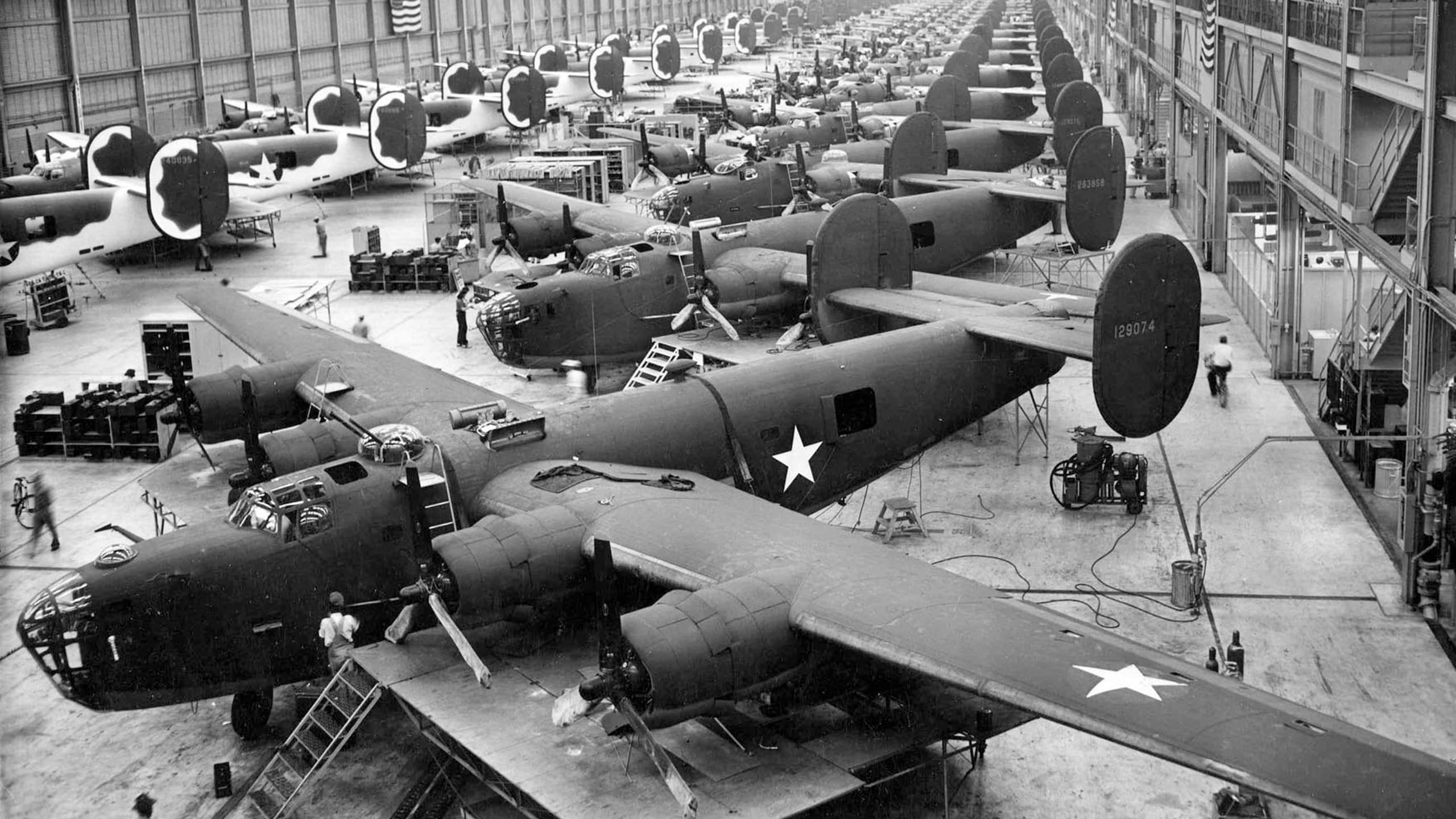Future Long-Range Assault Aircraft: Black Hawk Killer?
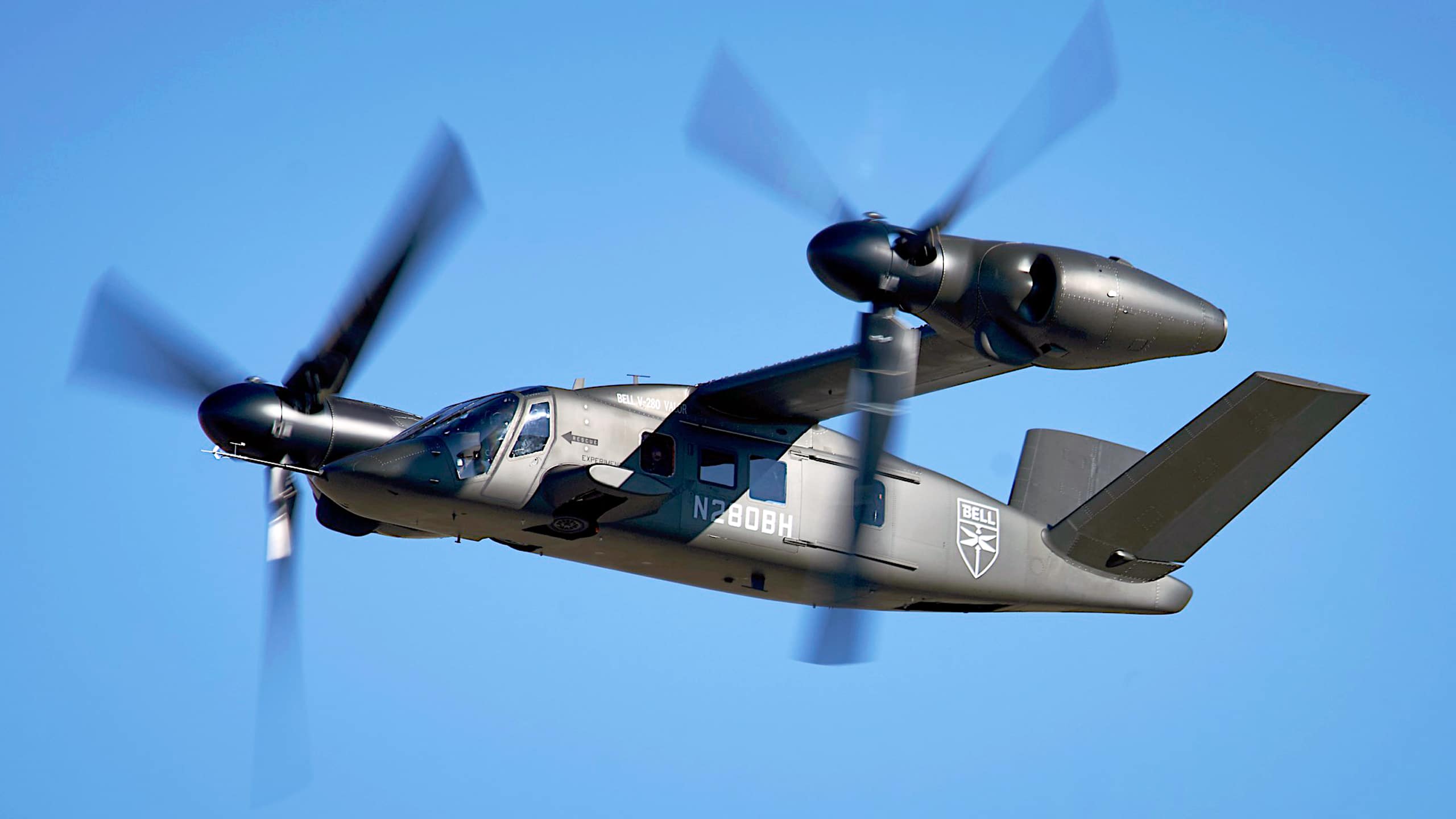
The Future Long-Range Assault Aircraft program is currently being fast-tracked to ensure the U.S. Army has the legs needed should general war break out between the United States and communist China. Intended to be faster and with much greater range than the UH-60 Black Hawk helicopter, the Future Long-Range Assault Aircraft will be a tilt-rotor system. As our own Dr. Will Dabbs is a former Army aviator, it seemed appropriate to get his view on the program and its intended objectives.
War evolves. It always has. One side makes better swords, and the other improves its shields. That curious martial tit-for-tat has taken us from the simple rock Cain used to knock his brother Abel’s brains out all the way up to the most modern W88 ALT 370 475-kiloton thermonuclear bomb. This relentlessly brutal slog forward is as inevitable as the tides.
The Mission to Get Boots on the Target
As regards ground combat — the only sort that really matters — it is always about getting boots on the objective. You might have all the $350-million F-22 fighter jets you could stand. However, if you can’t place some guy with a rifle on some piece of dirt, that ground is never truly yours. Getting that guy to that place intact and ready to rock is a timeless challenge.
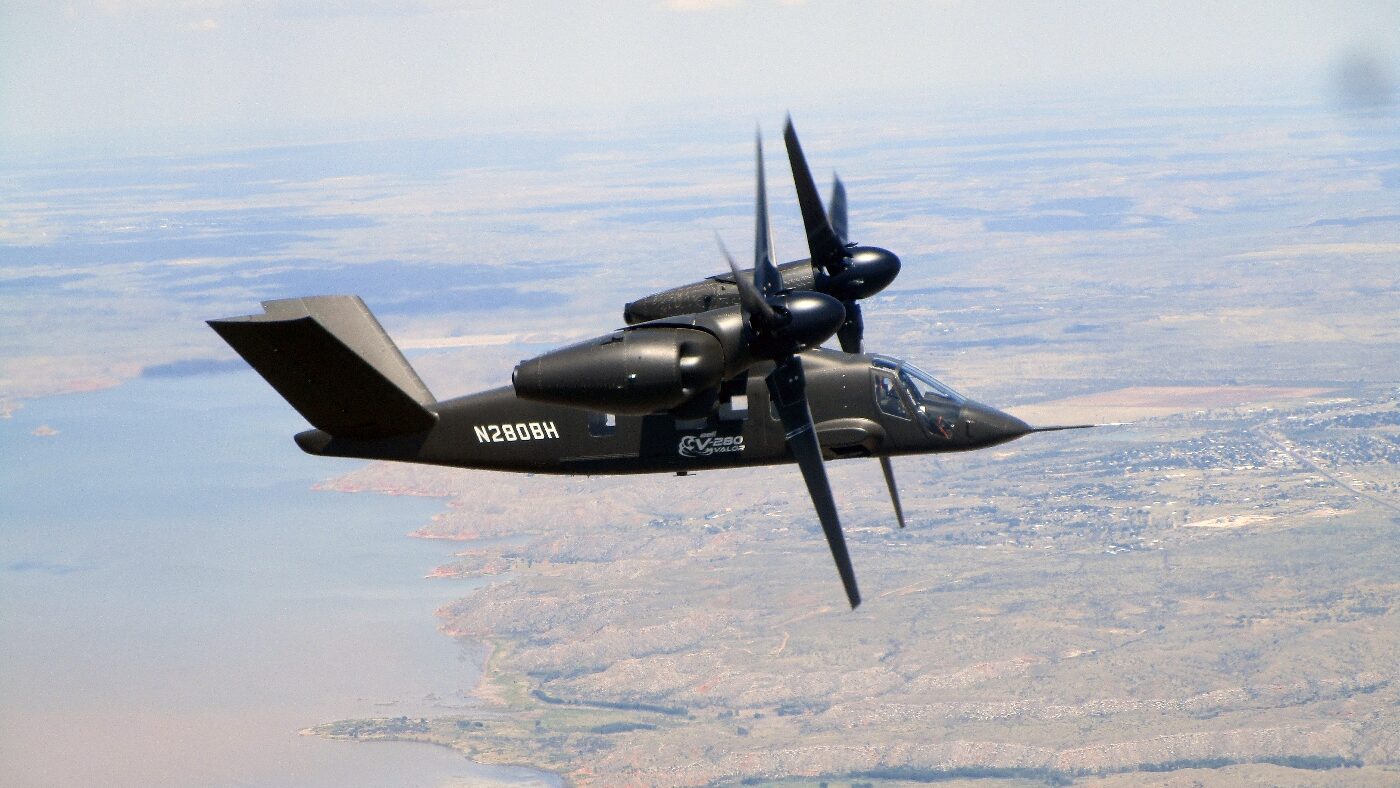
The Italians pioneered the modern concept of airborne operations. However, this deep into the Information Age, dropping guys into the enemy rear via parachute is fraught with risks. If nothing else, those poor slobs end up going into the fight with little more than what they can carry.
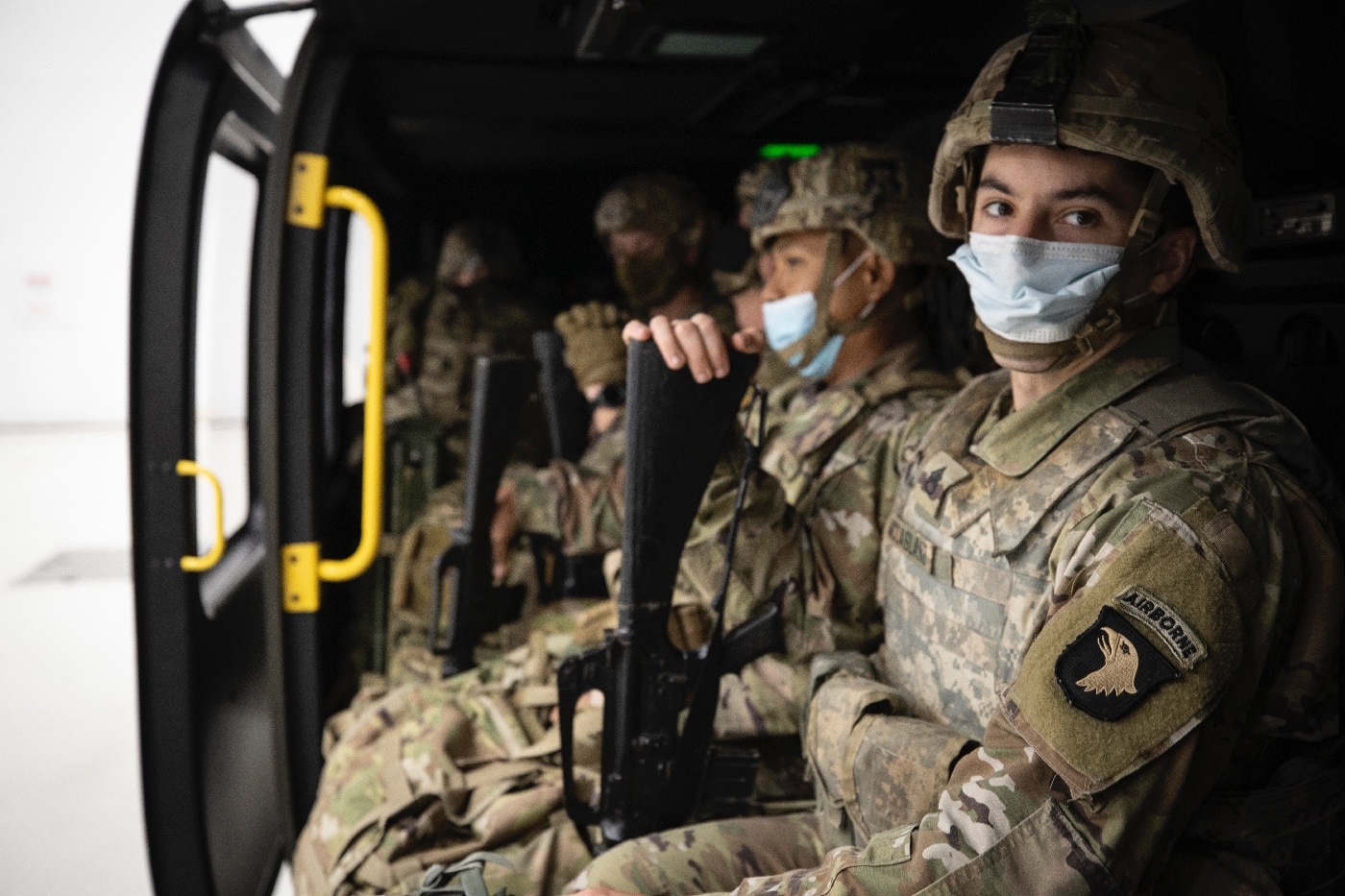
Additionally, those big, fat cargo planes make for awfully big, fat targets. As a former paratrooper myself, it hurts to say, but large-scale airborne operations might just be approaching a state of tactical obsolescence. The solution back in the 1960s was helicopters.
Evolving Air Assault
The Army’s 1962 Howze Board (aka Tactical Mobility Requirements Board) pioneered vertical envelopment via air assault. By using massed helicopter transport, large numbers of combat troops could be introduced onto the battlefield in such a way as to achieve surprise along with overwhelming mass.
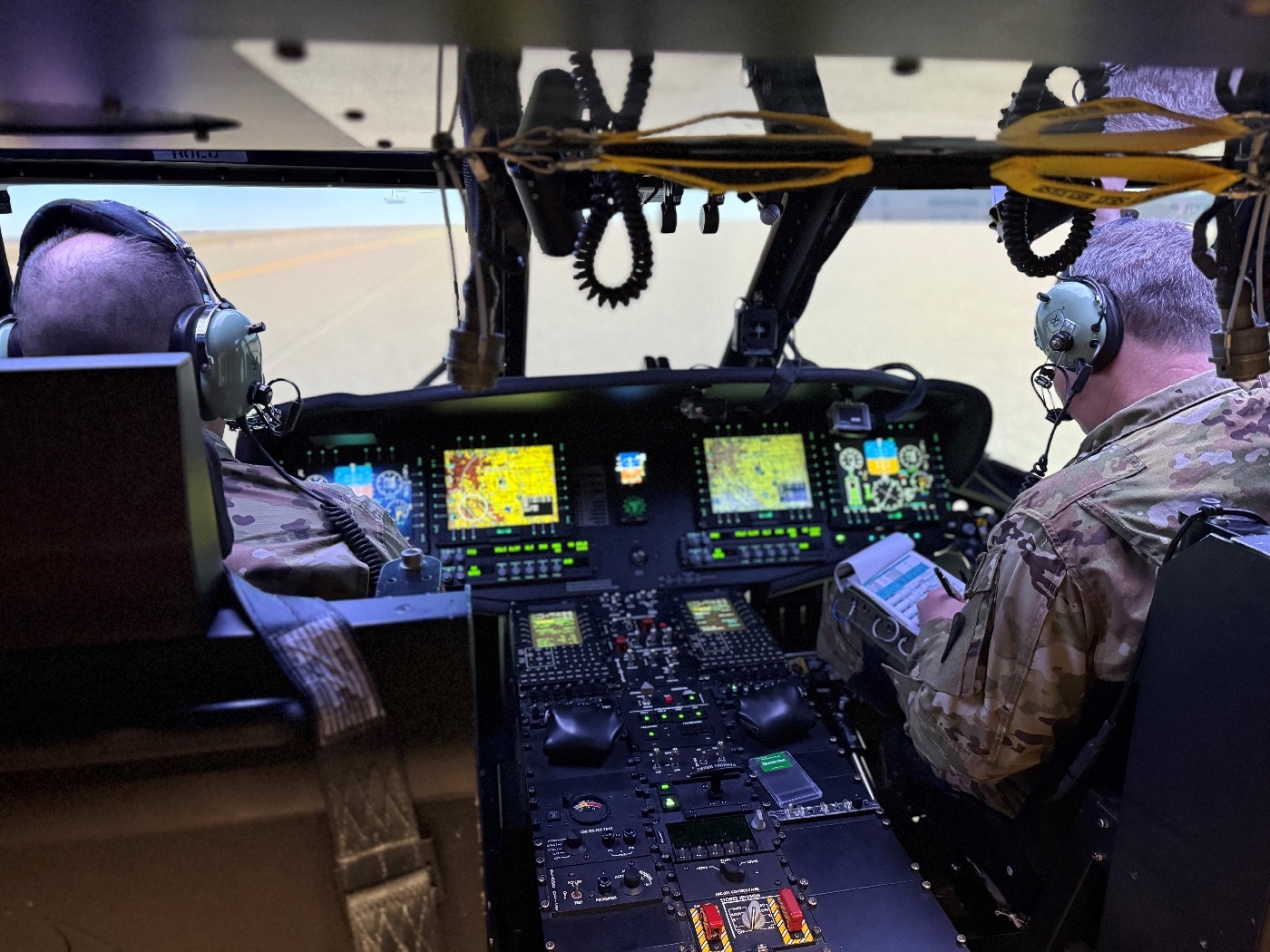
Unlike traditional paratroopers, those soldiers could enter the fight with plenty of equipment and their backs and knees intact. Those same helicopters could then be used to keep them amply supplied. And then war changed yet again.
Nowadays, modern combat entails extreme distances and lyrically contested battlespace. If we ever get seriously kinetic with China, that fight will demand an island-hopping campaign the likes of which General Douglas MacArthur might never have imagined. The sheer distances involved make helicopters impractical.
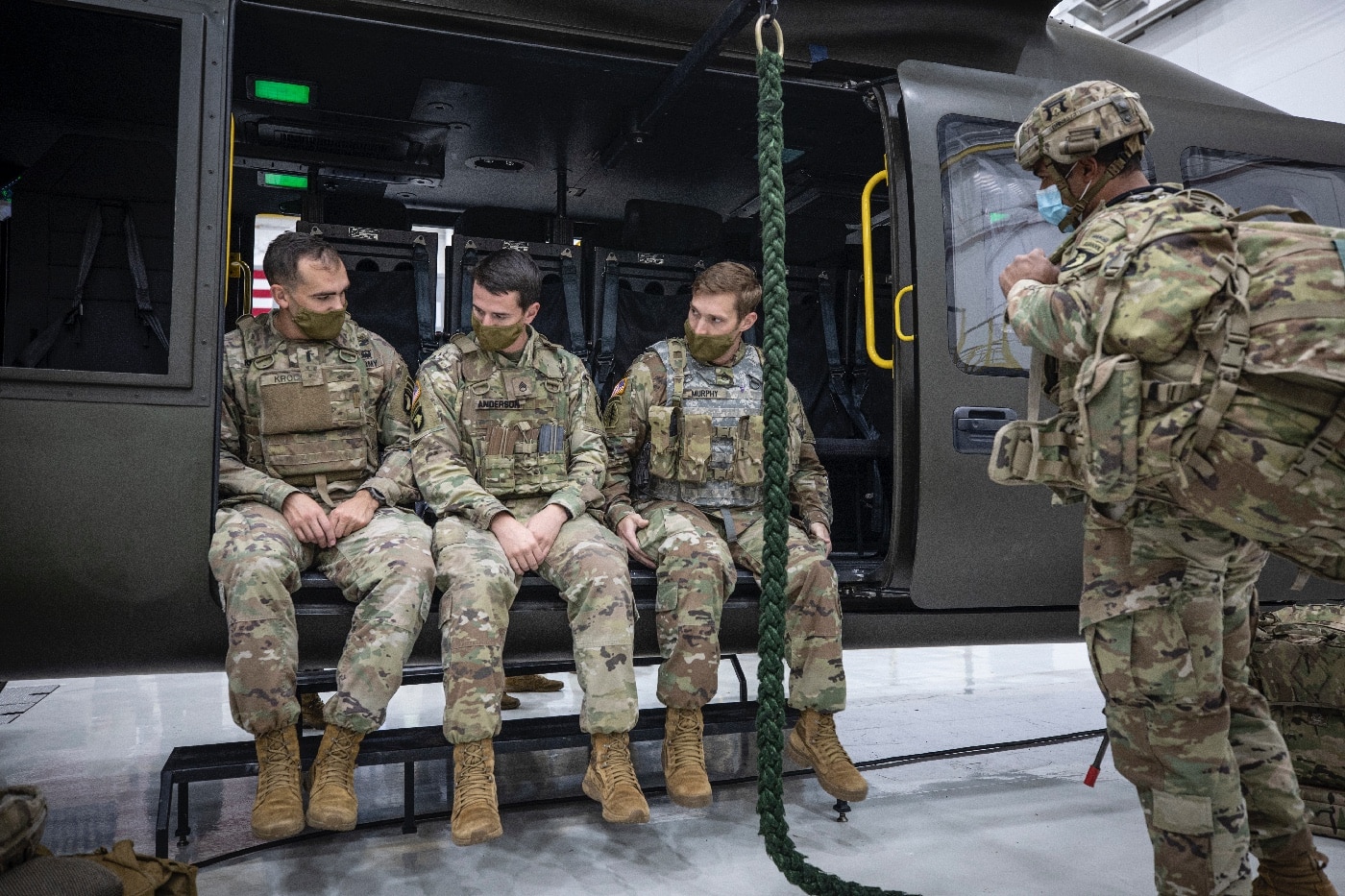
The ubiquitous nature of MANPADS (Man-Portable Air Defense Systems) imbedded within modern layered air defenses organized in depth make it deadly to fly at altitude. The solution is a helicopter that identifies as an airplane.
Tactical Philosophy: Helicopter or Tiltrotor?
It used to be about space. Getting from one place to another was the perennial challenge. However, we beat that. Given enough resources, we can easily reach any corner of the earth today. Now the issue is time.

All Army helicopters fly for around two hours and 50 minutes on internal fuel. Big, small, heavy lift, assault, gunships — they all have about the same endurance. That’s by design. That gives you 2.5 hours’ worth of usable flight time with a 20-minute VFR reserve. Then it all just comes down to math.
A Sikorsky UH-60 Black Hawk will cruise at about 150 knots (174 mph). An AH-64 Apache will do about the same. Curiously, the big CH-47 Chinook is the fastest rotorcraft in the Army inventory. It will comfortably cruise at 170 knots (195 mph) all day long. However, that only gives you a usable range of some 375 nautical miles. Cut that number in half if you need to get there and then come back. Those stubby little legs just won’t get you across the Pacific Ocean.
To have any hope of survival in the modern battlespace, you’ve got to fly low — like right in the trees or over the wavetops. Then you need to be able to land in any handy clearing independent of runways. Uncle Sam’s solution to this time/space/distance problem is the Future Long-Range Assault Aircraft Program.
Details on the FLRAA Program
The hardware issue was decided via a competition. The mission was to design the next-generation vertical lift aircraft to replace the workhorse UH-60 Black Hawk. Sikorsky-Boeing produced a Black Hawk-ish machine called the SB-1 Defiant that included two counter-rotating coaxial rotors and a dedicated pusher prop for extra thrust. Sort of an American version of the Russian KA-52 Alligator.
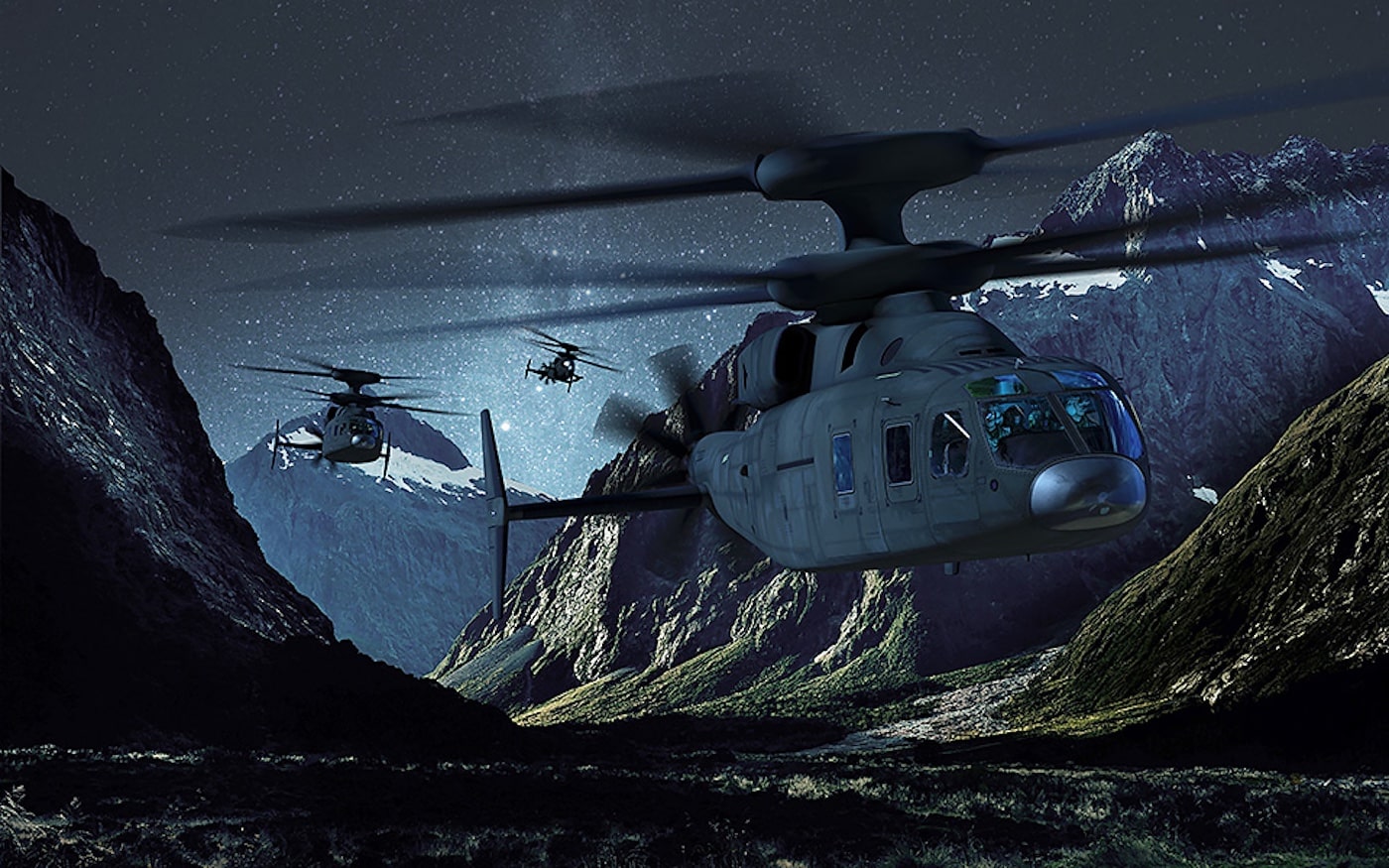
The limiting factor for maximum speed for a helicopter is the relative velocity of the advancing rotor. As that rotor tip approaches the speed of sound, weirdly unpleasant things begin to happen. As a result, as counterintuitive as it might seem, the slower the rotors turn, the faster the aircraft will fly.
Bell, officially Bell Textron, did away with all of that. They built a tiltrotor design that flew like an airplane but allowed the proprotors to pivot. That way, the machine could hover like a helicopter. Doing away with the rotor concept entirely made for a much faster aircraft.
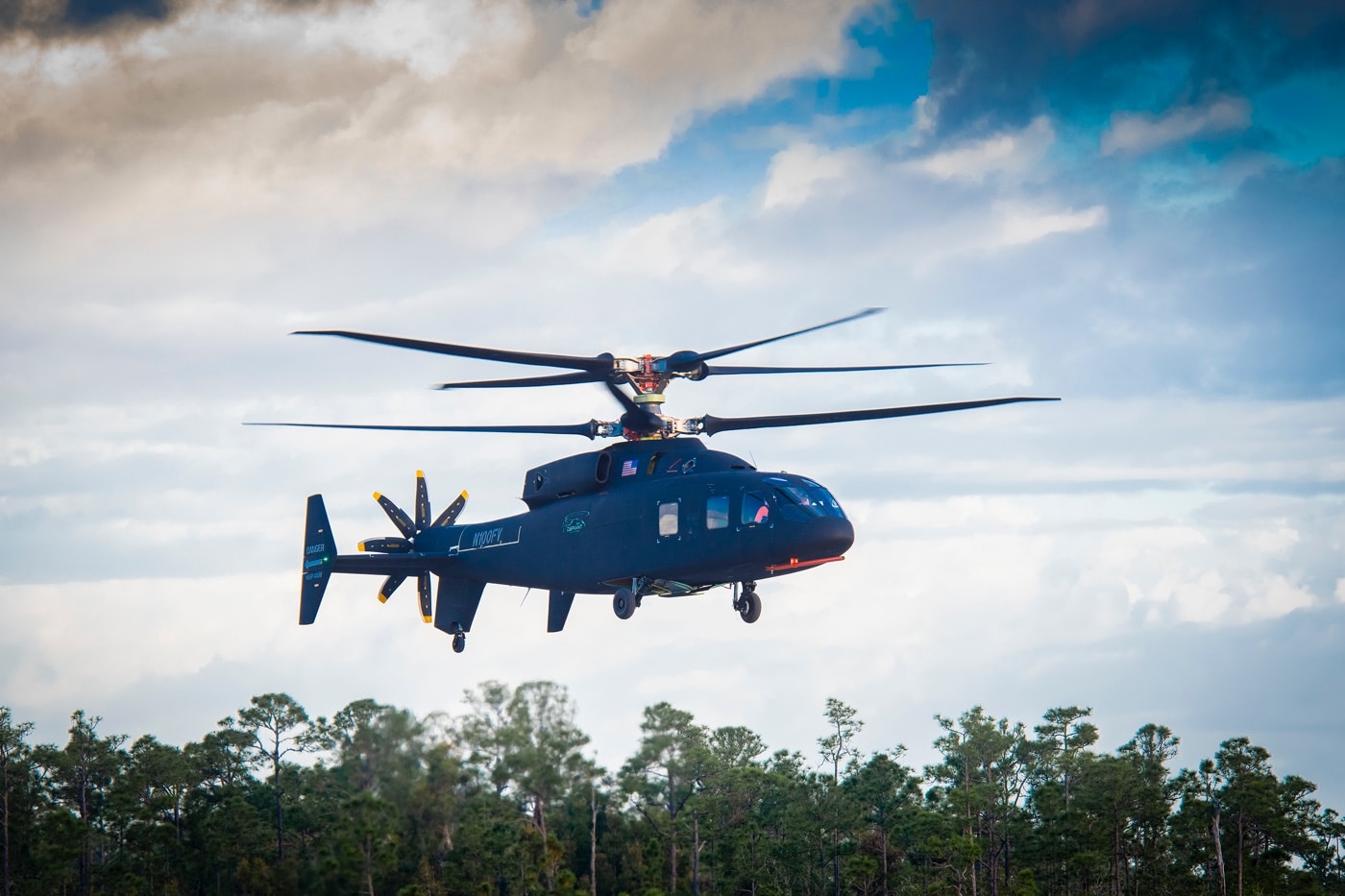
The basic tech was pioneered in the 1988-vintage V-22 Osprey. The Osprey’s developmental process was quite the bloody road. However, the V-22 is a proven and effective aircraft today. American Marines make good use of them.
The Bell V-280 Valor — officially the MV-75 — takes all of that tiltrotor sweetness to the next level.
Bell V-280 Valor
Unlike the V-22, the engines on the prototype V-280 remain stationary on the wings. The two proprotors have their own transmissions and will pivot upward to effect vertical thrust.
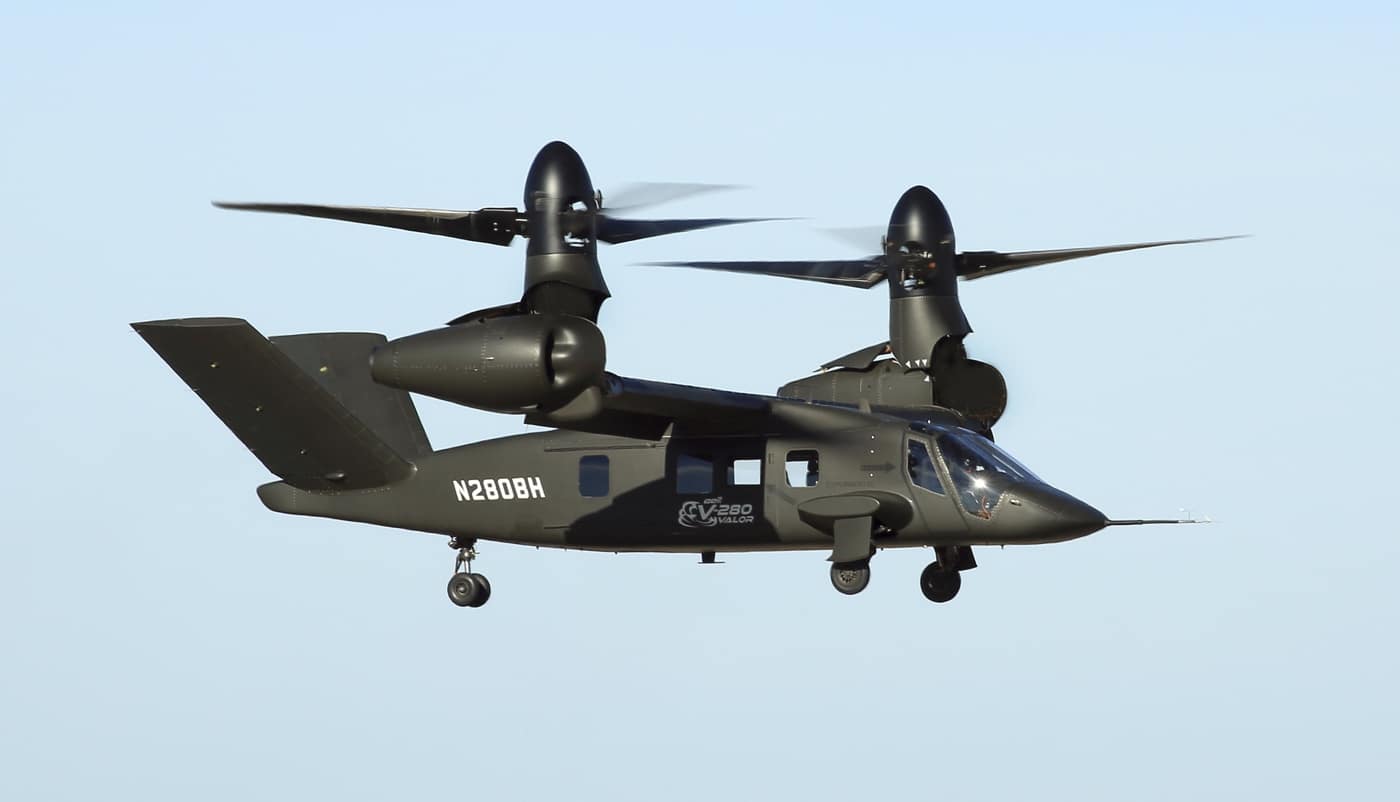
It should be obvious, but with all tiltrotors, both engines are slaved to both proprotors. That way, a single engine failure does not result in a state of unsurvivable dissimilar thrust.
With an overall length of 50.5 feet, the V-280 is shorter than the 57-foot V-22. The aircraft’s max takeoff weight is 30,865 pounds, and the machine is powered by a pair of Rolls-Royce AE 1107F turboshaft engines. The Valor is designed to operate with a crew of four while carrying 14 combat troops. Top speed for the V-280 is 280 knots, or 320 mph.
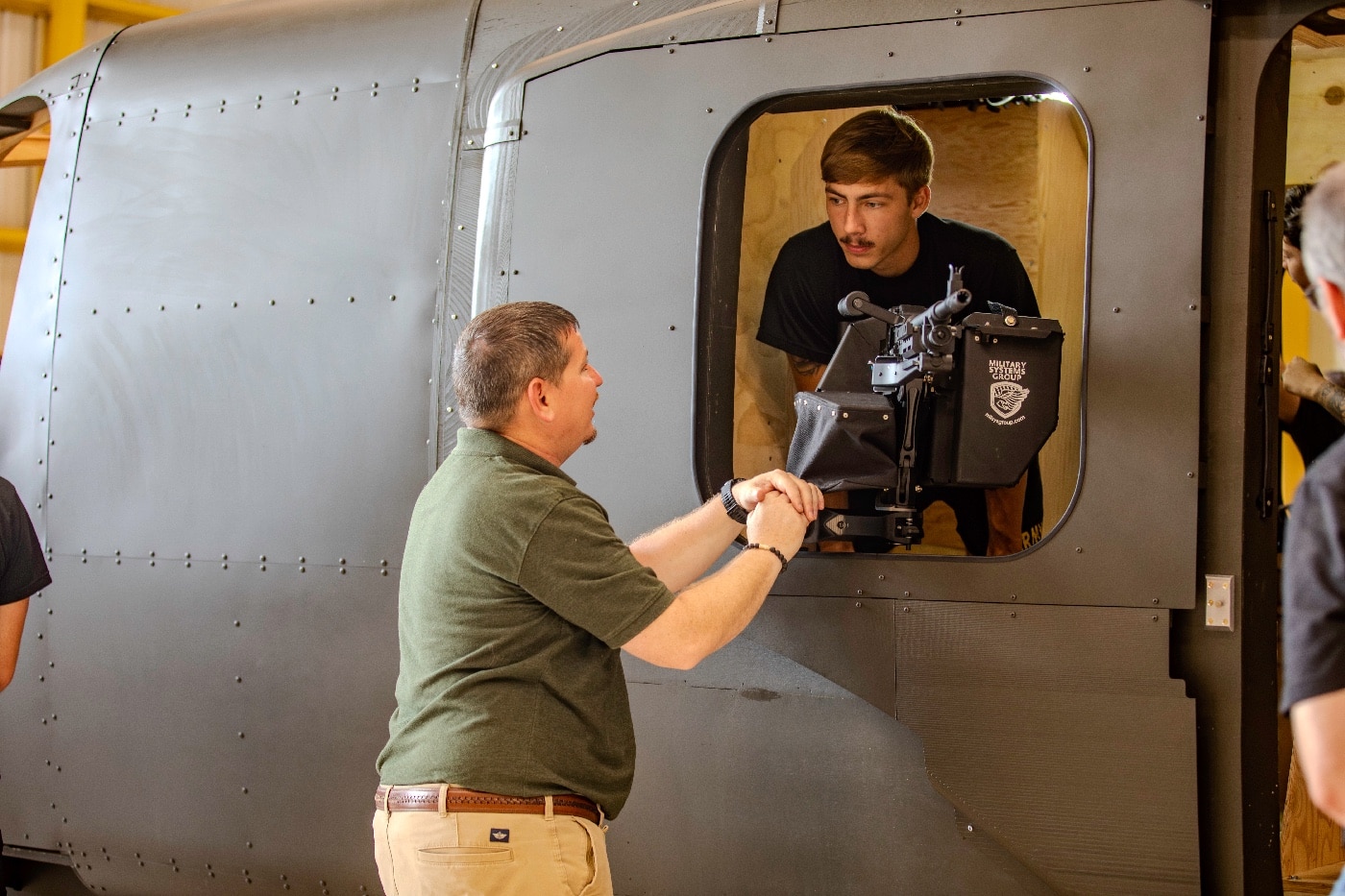
Compare the Valor to the Black Hawk. The latest M-model UH-60 carries 11 troops and sports a combat range of 320 nm (nautical miles). By contrast, that of the V-280 can be between 580 and 920 nm, dependent upon fuel configuration. All the while, the V-280 is flying just as low and nearly twice as fast.
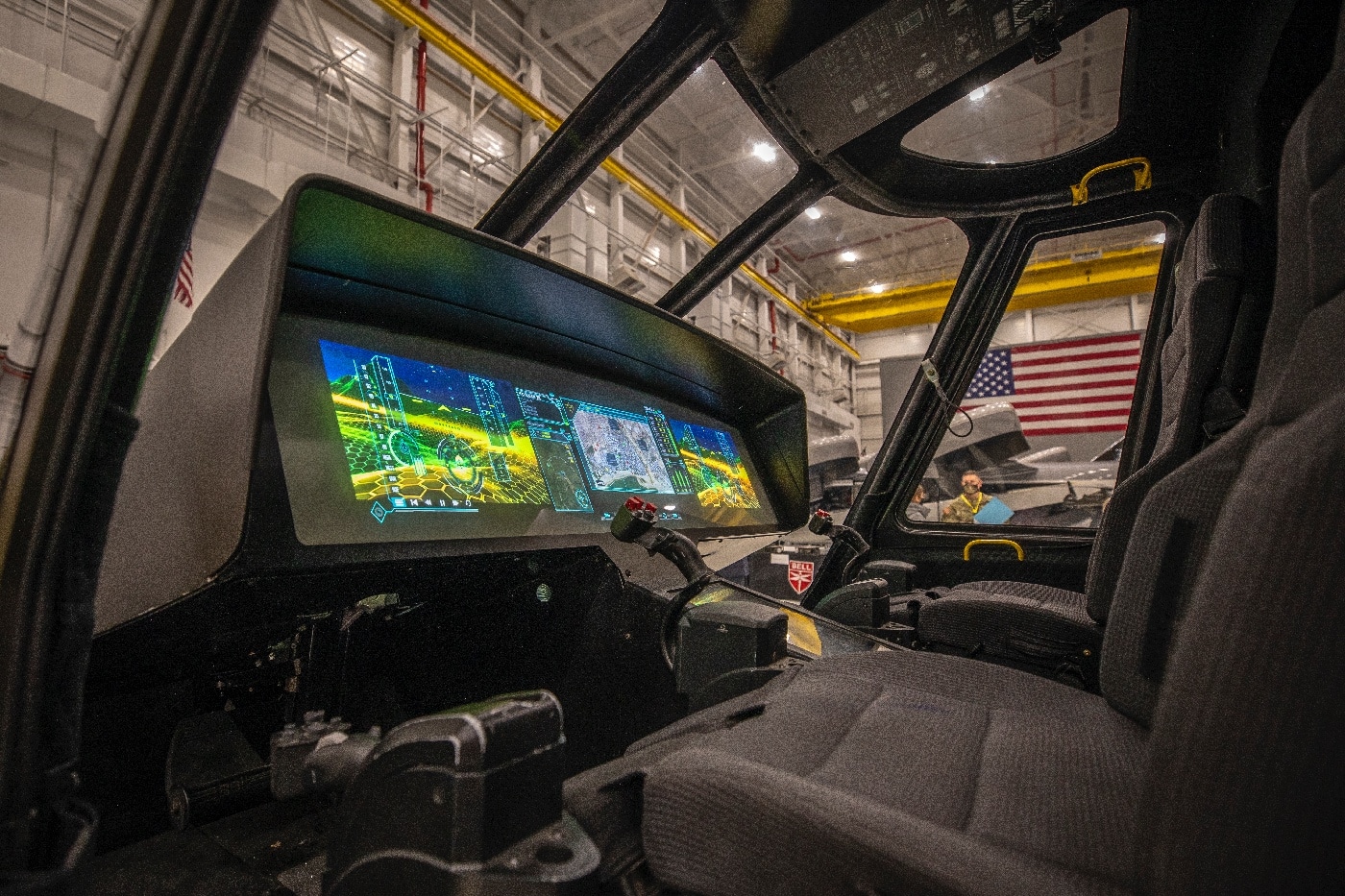
Bottom line: the Valor can move more soldiers substantially faster and farther than the Black Hawk can. It should be obvious why the new Bell V-280 is getting attention by Pentagon planners.
Autonomous Flight Frees Up Pilots
It’s easy to fall behind militarily in the 21st century. Failure to keep pace can result in a tactical overmatch that can change the very map of the world in a shockingly brief period of time.

In addition to the significant improvements in speed and range, the V-280 is designed to be able to operate autonomously. This means that a unit could deploy to an austere location by cargo plane and simply have their aircraft fly over to meet them sans crews.
These performance specs would have the V-280 self-deploying from Hawaii to the Philippines in around 20 hours. As it stands now with Black Hawks, that requires either an aircraft carrier or a flock of C17’s.
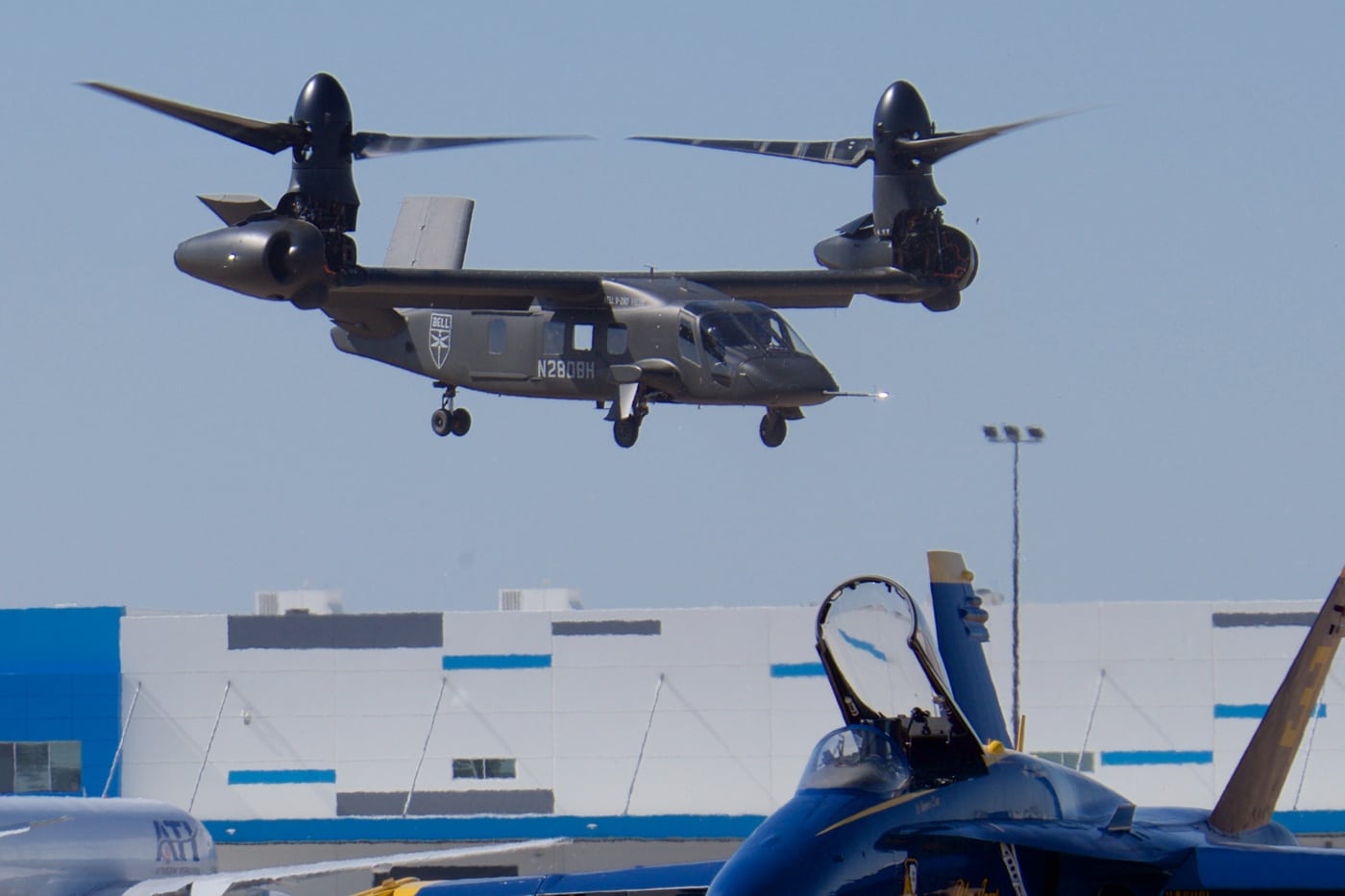
Consider how many pilots and ships were used in World War II just to ferry planes to the front. The Valor could transport itself and meet its pilot and crew in theater.
Final Thoughts
The decision to field the V-280 over the SB-1 Defiant is done and dusted. The original plan had the V-280 reaching operational status in the early 2030s. However, Uncle Sam says that’s not quick enough considering the rapidly changing nature of world affairs. Now the Army wants to be flying the V-280 operationally by 2028.
Given the monumental crew training, maintenance requirements, and logistical tail required to pull that off, somebody is about to have a really busy couple of years. However, the end result will be literally unprecedented battlefield mobility. It seems that modern war has indeed evolved yet again.
Editor’s Note: Please be sure to check out The Armory Life Forum, where you can comment about our daily articles, as well as just talk guns and gear. Click the “Go To Forum Thread” link below to jump in!




